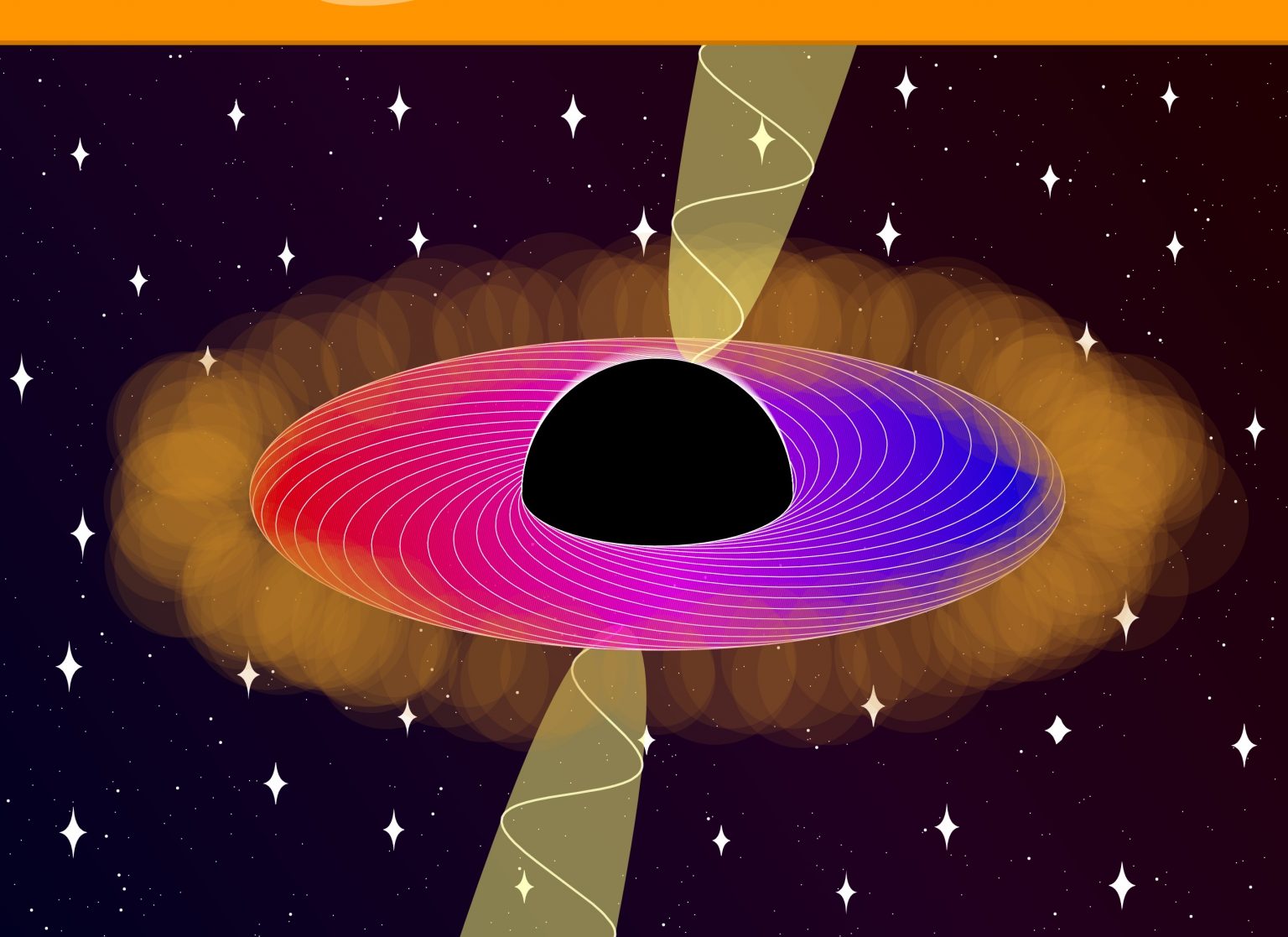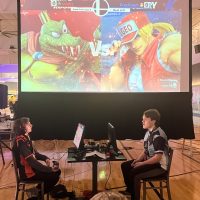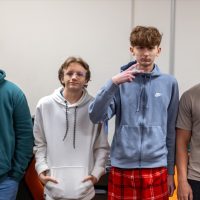by Taylor Massey
Several months ago, Republic High School sophomore Nathan Agius visited the website of a free online graphing calculator called Desmos. He noticed a competition: the Second Annual Desmos Global Art Contest. He entered and ended up a finalist in his age group out of thousands of entries.
As the competition kicked off, Desmos advertised it on their website to spur participation. Agius frequently uses the Desmos calculator outside of his math classes at school, and so he found the contest through the website itself.
“I use Desmos regularly, animating concepts to test my understanding or just doodling. So, I saw when the contest opened pretty quickly,” said Agius.
The contest consisted of very little instruction; students were merely told to use the Desmos graphing calculator to design a piece of online art. The contest was open to four different age groups, starting with students as young as 13. Agius participated in a group for 15 and 16 year olds. Ten-thousand students from all over the world participated in the contest, guaranteeing strong competition between entries. Agius was named one of a few finalists in his category, and the only finalist across all age groups from Missouri.
Agius’ art piece was titled “Blackhole”. He created a starry night sky for the background of his piece and enhanced the black hole with colorful disks. He put significant thought into the subject for his entry and wanted to ensure that it all connected back to mathematics.
“Our knowledge of black holes is essentially the culmination of applied mathematics, so it seemed a natural subject for the competition. I put a lot of thought into scientific accuracy. On a purely artistic note, I used an off-black background to accentuate the darkness of the black hole and made stars of several different sizes,” said Agius.
In total, he spent somewhere between 15 and 20 hours on his creation. Each individual aspect of his art piece is derived from a specific math equation or set of values he designated in the calculator. Agius enjoyed this project, and enjoys mathematics in general because of how someone can grow as they explore new concepts.
“Math is an objective truth. Exploring it, especially without the limits of a structured course, gives rise to meaningful questions. You feel yourself grow as you find the answers. There is an inherent elegance to mathematics I think a lot of people fail to see,” said Agius.
To see his creation and the math behind it, you can click here.





